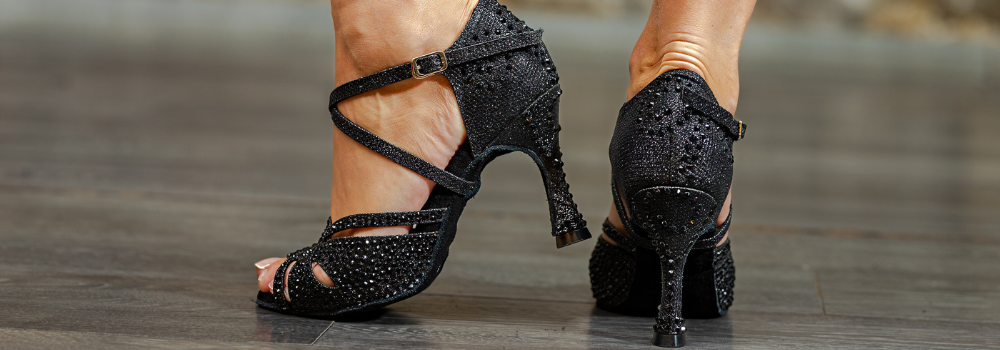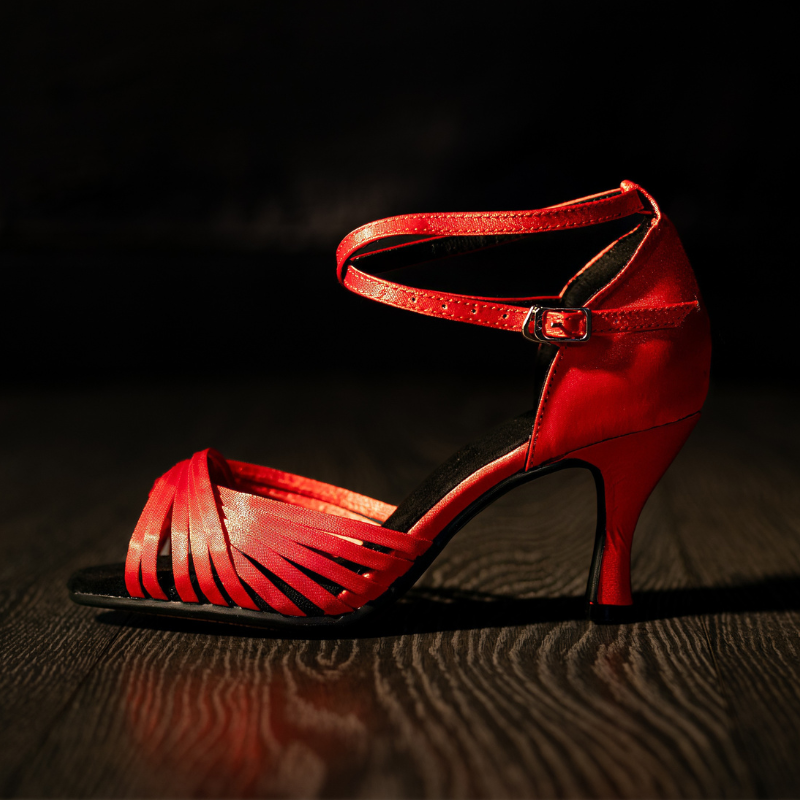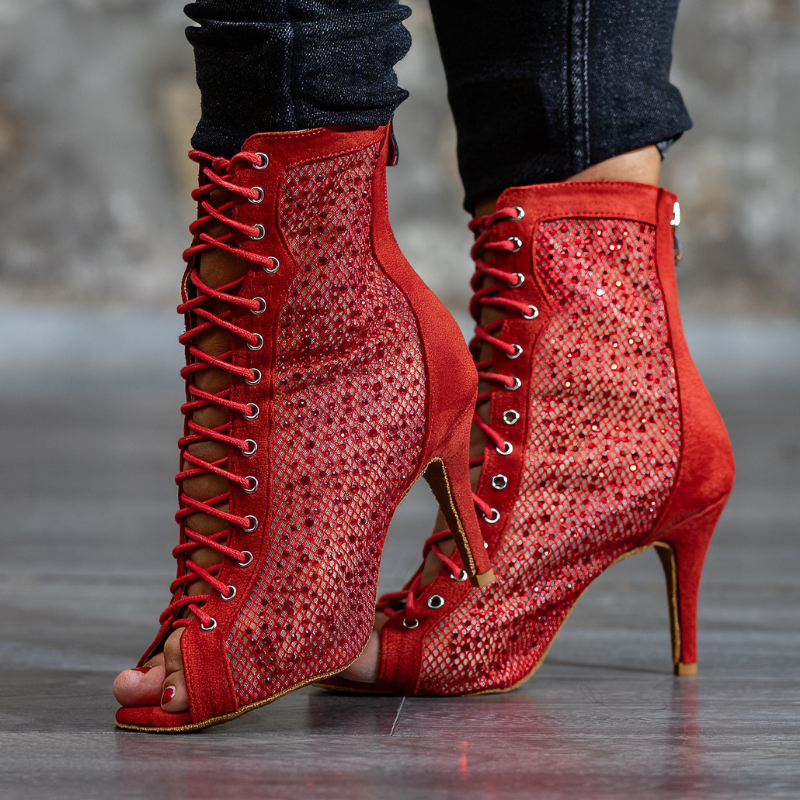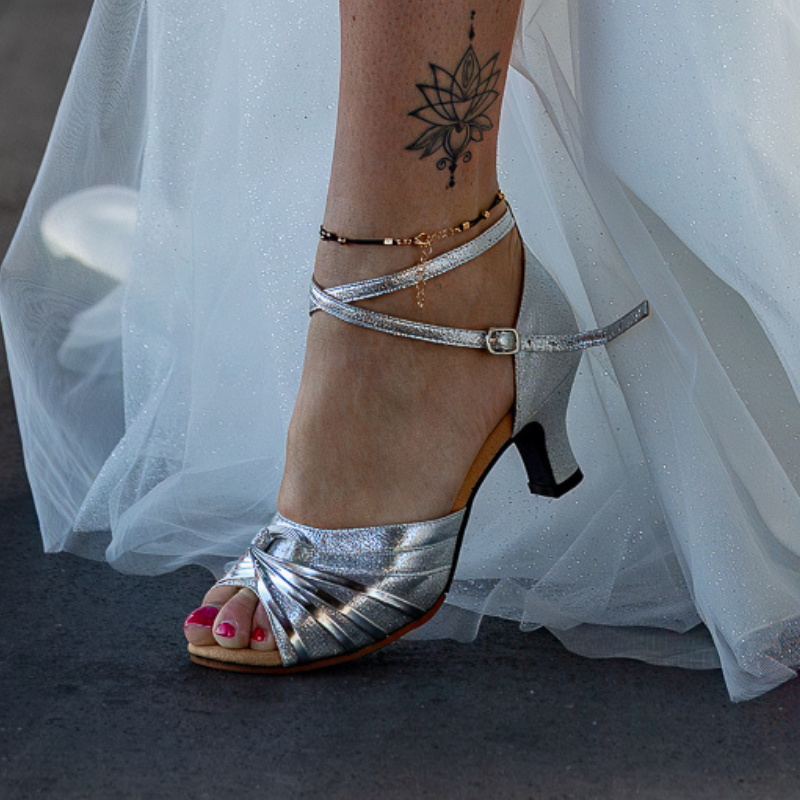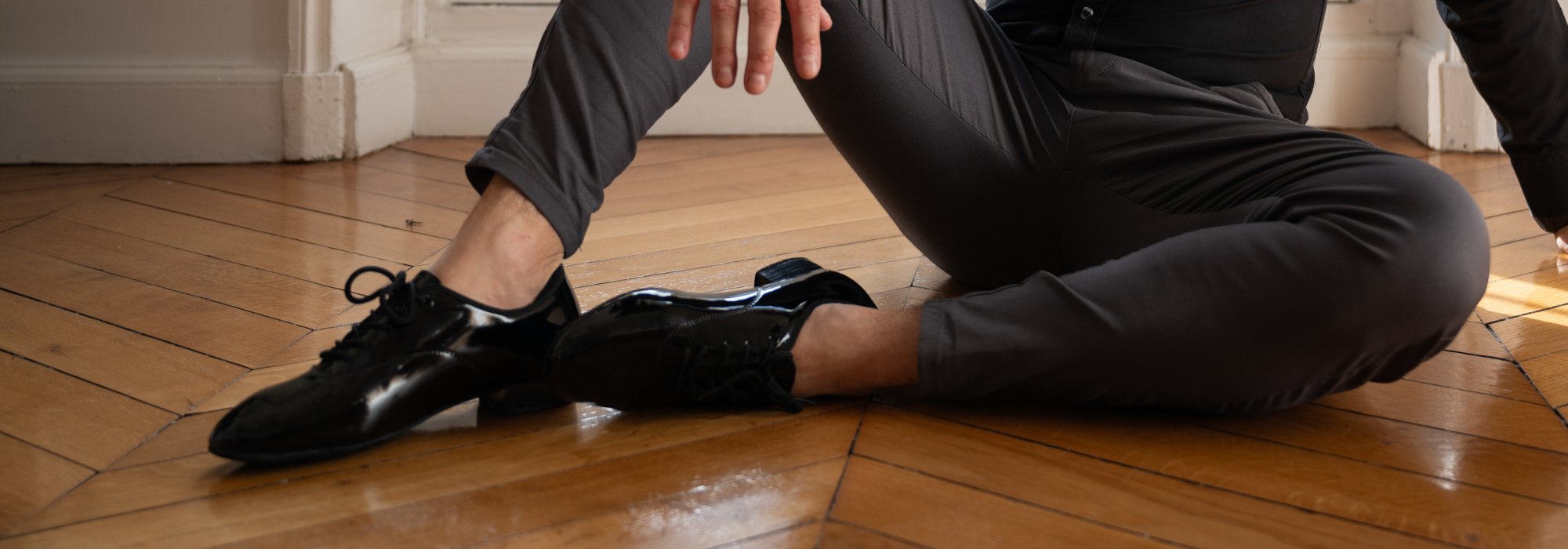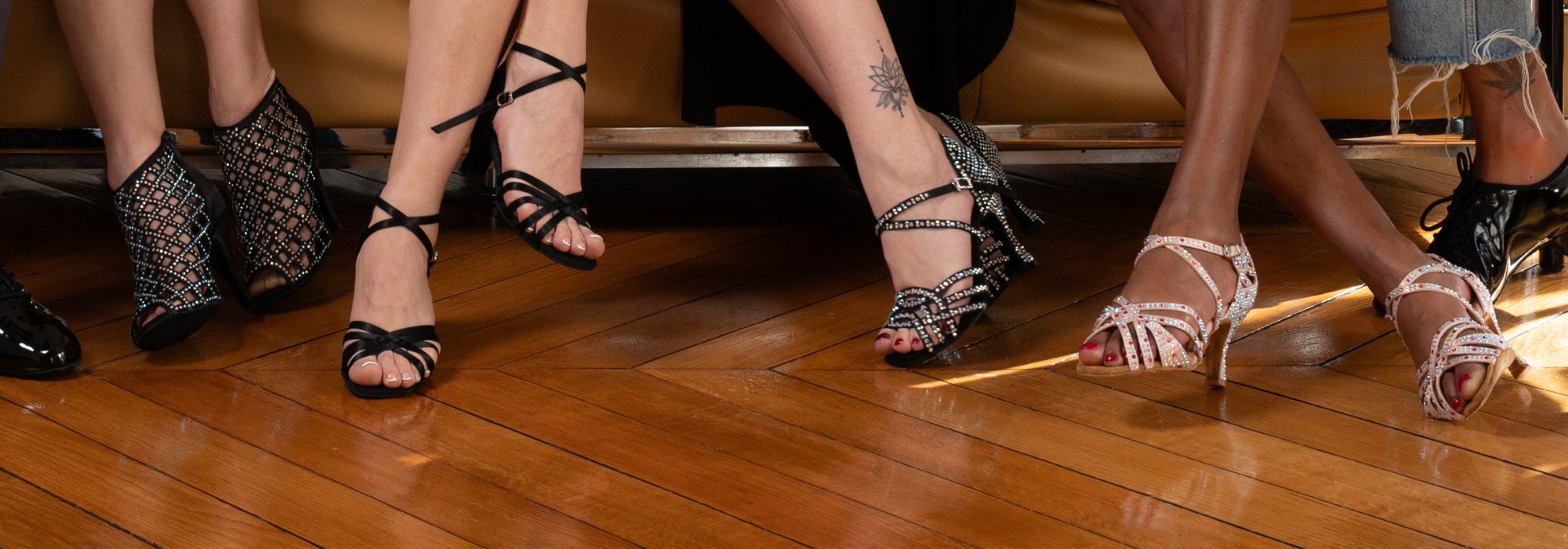What differences between dance sneakers and classic sneakers?
Do you love dancing, vibrate on Latin rhythms, feel the ground respond to each movement ... But a detail still blocks you: what is the difference between the dance sneakers vs classic sneakers? This harmless choice, however, transforms your practice, your comfort and even your progression. Many think that you just have to choose stylish shoes to dance. But, between controlled sliding, optimal support and suitable design, the differences are tall! Discover here why the passionate dancers and dancers invest in real dance sneakers, how they are revolutionizing sensations and security, and how never to slip or run out on the parquet ... Prepare: we will guide you, step by step, to the best choice to express yourself on the track with style and lightness.
The sole: the secret of controlled movement
Slide studied vs excessive grip

The first difference between VS Sneakers dance sneakers lies in the design of the sole. Dance sneakers have specific soles, often in Sweden, leather or ultra-fine synthetic materials. Their goal? Offer just enough slide to turn, rotate and mark a step without blocking or sliding in time. In comparison, most conventional sneakers have a rubber sole: resistant, notched, perfect for the outside, but which hangs too much on the ground. As a result, you risk blocking your pivots, overlying your knees, or even falling during quick figures.
- Preference for indoor dance: Choose a Swiss or smooth sole.
- To avoid: very thick or crenellated soles of running or streetwear sneakers to dance.
Maintenance tips to keep the glide
Interviews the sole of your dance sneakers with a special brush to prevent it from becoming too smooth or catchy. Never water: it damages Sweden and leather. Thus, your glide will remain controlled, evening after evening!
Comfort and maintenance: to dance long painless
Design designed for moving foot

Dancing is to request each joint. Dance sneakers are created to wrap the foot without compressing it, often with a lacing that marries the morphology. The sole is more flexible, allowing flexion, camber and natural rebound. Classic sneakers are designed for walking or sport but rarely for multidirectional movement and repeated impacts in dance.
- Frequent errors: Choosing a too rigid or too wide sneaker that “floats” on the foot.
- Tips: opts for adjusted dance sneakers, but never too tight: just leave a half-aging space in front of the toes.
The crucial role of cushioning
Dance sneakers often combine a fine but depreciation sole, ideal for chaining the hours of practice without tiring the arch or the joints. Even in Heels, the heel is optimized to absorb microphones. In conventional sneakers, the cushioning aims above all to protect from external tar ... Not ideal against the harshness of an overwhelmed parquet!
Weight and flexibility: lightness at the service of technique

Light shoes to fly on the track
Dance sneakers are much lighter than traditional sneakers. This “featherweight” allows you to take off, turn, jump without additional efforts. Conversely, a classic sneaker, often more massive, weighs down each step and tires your muscles faster, especially on fast choreographies.
Flexibility of the sole: feel each support
The secret of pro dancers? Feel the ground, while being protected. High -end models, such as those of Our Salsanueva store Shop, offer a flexible sole which follows the curves of the foot, for spikes and natural flexions. Classic sneakers remain too rigid, cutting the dialogue between you and the prosecution.
Design and aesthetics: express your personality on the track
Models designed for the scene
The design of dance sneakers is distinguished: finer lines, breathable materials, sequins, bright or neutral colors, everything to match your style and that of your dance. Classic sneakers have an urban, cool, but sometimes risk being too "massive" or clarification for the delicacy of a ball or a technical course.
Variety for all tastes
Whatever your desires: classic sneakers, heels, refined or detonating models, there is a range designed for the universe of dance. The important thing? Feel “beautiful/beautiful” to let your body expression speak.
Breathable: a healthy interior to go far

Materials that limit perspiration
Dance makes it sweat, it is proof that we give ourselves. Specific sneakers use mesh tissues, breathable microfibers, antibacterial interior. This limits heat, bad smells and bulbs ... “classic” sneakers are betting more on external robustness, not always on inner well-being.
- Tip: favors airy models, especially if you dance several hours in a row.
Easy maintenance, guaranteed hygiene
Good to know: some removable models allow you to wash the interior, to stay fresh all season. This is not the case with a classic sneaker, whose thick material keeps moisture for a long time.
Stability and security: fewer injuries, more pleasure
Targeted support to avoid sprains
High -end dance sneakers have a reinforced heel buttress and a widely expanded base. This stabilizes each support, avoids the torsions during spins. Classic sneakers are rarely thought of for explosive pivots and can leave your foot “leaving” on a poorly controlled movement.
Joint respensions
A good model of dance basketball protects knees, hips, ankles by limiting microtrauma thanks to targeted absorption and an adapted sole height. Taking care of yourself is thinking about this detail!
Versatility and dance types
Intended for salsa, bachata, heels or jazz training
Each dance basketball adapts to one or more disciplines. The “Latino” models favor slide and support, while those dedicated to the Heels bet on the stability of the heel. Do you practice different styles? Some versatile models know how to do everything. Consult our complete guide on How to choose your dance shoe May help you see more clearly.
Using indoor and on stage
Avoid using an outdoor a model made for the track: Sweden or leather would be damaged quickly. Sneakers are adapted to the street: each their specialty!
Sustainability: Choosing the right to invest over time
Materials designed to last on track
Dance sneakers use high -end materials, designed to withstand parquet wear, perspiration, practice hours. Opt for quality is to avoid changing shoes every three months. Sneakers are designed to support bitumen or terrain, not necessarily the speed and repeated friction of a salsa ball.
Good gestures to prolong the life of your shoes
- Don't go out your dance sneakers outside
- Brush them after each session
- Let them dry in the open air, never in the direct sun
Price: clever investment to progress
Evaluate the value for money
A good pair of dance sneakers sometimes costs a little more than entry -level sneakers ... but offers much higher comfort, aesthetic and safety. On the path of progression, your material becomes a precious ally!
- Beginner errors: see dance basketball as a useless "luxury", then regret to injure yourself or be limited by a bad shoe.
Tip: Test before buying
If you can, try different models in progress or in the studio before ordering: the foot/sole contact is a very personal adventure!
FAQ - Frequent questions
What is the main difference between classic sneakers dance sneakers?
The main difference lies in the sole: dance sneakers are designed to slide and pivot thanks to their specific material (Sweden, fine leather, etc.), while sneakers have thicker and notched soles, ideal for the outside but dangerous for joints on parquet.
Can I use my everyday sneakers for salsa, bachata or heels?
It is strongly not recommended: your movements may be hampered, with a greater risk of injury. Dance shoes offer safety, flexibility and support suitable for indoor practice.
How to spot a real dance basketball?
Checks flexibility, weight (light), the quality of the sole (often smooth or in Sweden), and a lacing that holds the foot well without compressing it. The quality models also display a design designed for the scene and the performance.
Do dance sneakers resist a long time?
Yes, if you use them only indoors and you maintain them regularly. Unlike conventional sneakers, their design is planned to resist hours of studio or on stage.
Should I take a different size from my city sneakers?
Sometimes yes: depending on the model, it is advisable to choose a size half-point below for better support. But it depends on your morphology and the desired feeling.
Can I personalize my dance sneakers?
Many brands offer choices of colors, ornaments or materials. At Salsanueva Shop, We also select unique creations to accompany you with elegance.
Do dance sneakers are suitable for all styles?
Yes, there are models for salsa, bachata, heels, jazz or even urban dance. Just choose the ideal pair according to your favorite discipline!
Discover our Different models of dance sneakers Available on our Salsanueva online store Shop, Thoughts for demanding dancers.

